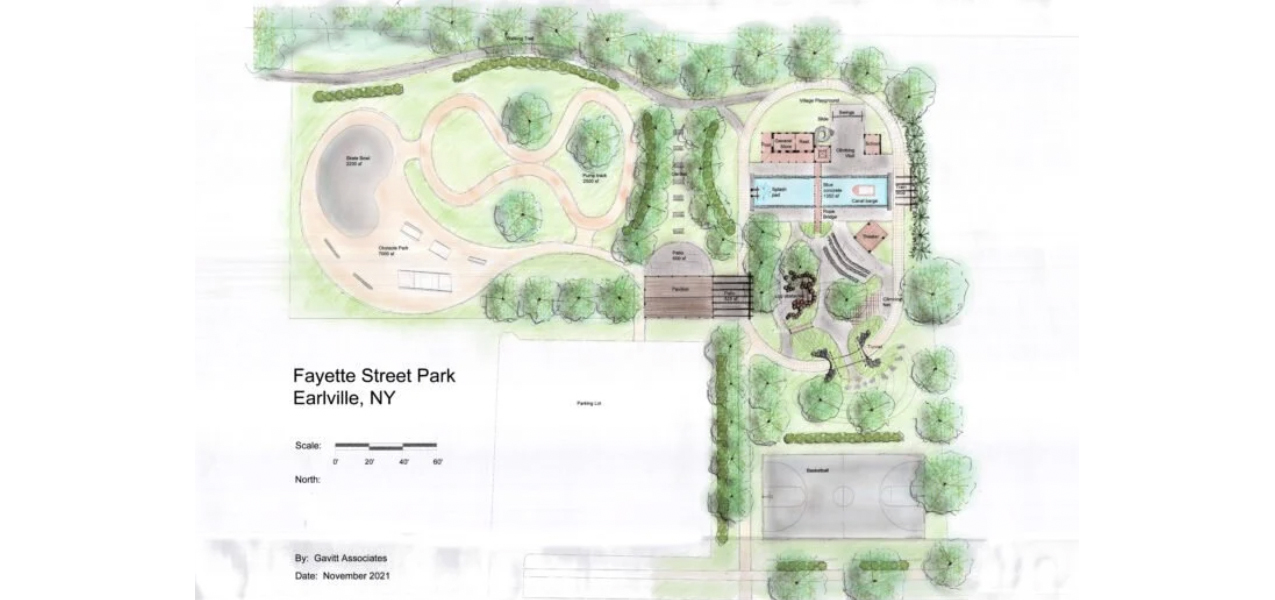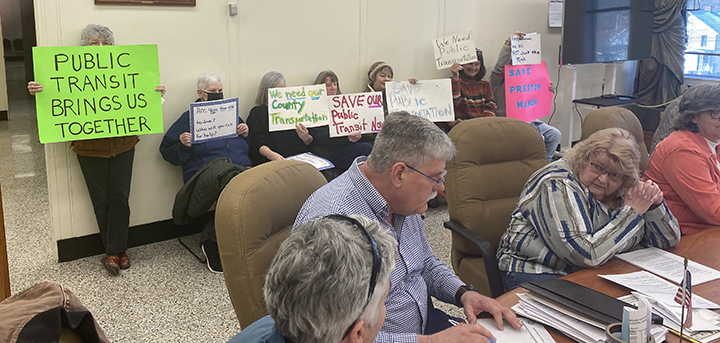Report says natural gas drilling wastewater spread across NY roads including Chenango
ITHACA –Toxics Targeting, Inc., an environmental database firm in Ithaca released government information Thursday documenting that the New York State Department of Environmental Conservation authorized millions of gallons of natural gas drilling wastewater to be spread on thousands of miles of roads in New York, including in Chenango County, for dust control, winter de-icing or roadbed stabilization.
The dumping involves gas drilling brine or produced water, that, according to the company’s president Walter Hang, is documented to be contaminated with high levels of chloride and other Total Dissolved Solids (TDS), including toxic metals, as well as petroleum hydrocarbons and radionuclides.
"This gas drilling wastewater dumping should have been banned decades ago when spraying waste oil on dusty roads was outlawed along with burying garbage in open pits," he said. "It is inconceivable that DEC still authorizes spreading potentially toxic and radioactive gas drilling wastewater on roadways in watersheds all over the Central, Southwestern and Leatherstockings regions of New York.”
Hang’s release included a county-by-county map showing areas where spreading applications were approved. Areas in Pitcher, German, McDonough, Preston, Otselic, Smyrna and Columbus were highlighted. Toxics Targeting made available a free Internet map that allows concerned citizens to type in their addresses or town names to see if gas drilling wastewater has been approved to be spread near their homes or drinking water sources. See Overview Map at: http://toxicstargeting.com










Comments